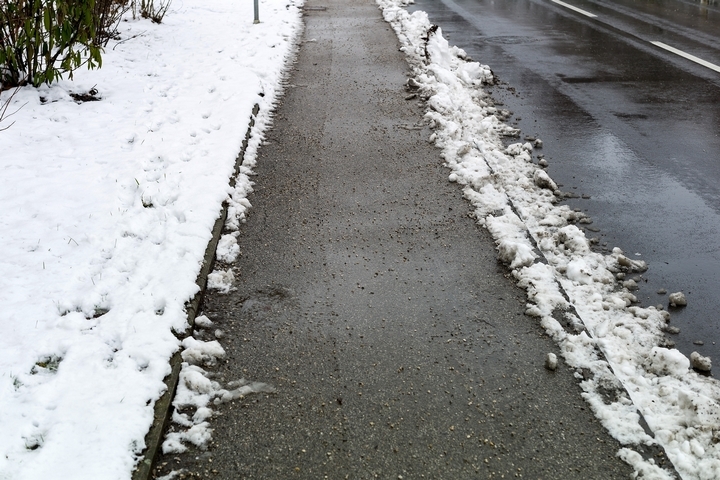You must be familiar with how frustrating blocks of ice on a sidewalk can be. Many people can stay indoors to avoid encountering such situations, but it doesn’t have to be so. While winter is inevitable, there are many ways you can get rid of ice on a sidewalk and enjoy a stress-free walk.
You’re spoilt for choice if you’ve been looking for great ways to eliminate the stubborn ice on your sidewalk. These techniques are practical and appropriate for asphalt, gravel, or concrete sidewalks. Even better, you can seek professional ice removers for more effective results.
Here are seven ways to get rid of ice on the sidewalk:
1. Ice Melt Salt
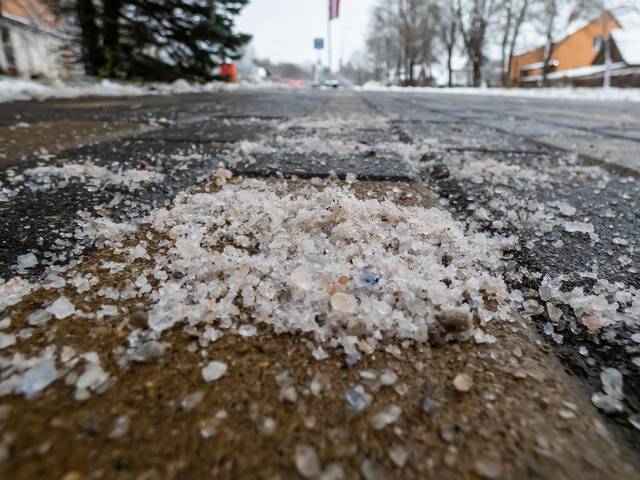
Ice melt salt is one of the most prominent ways to eliminate ice on a sidewalk. This technique involves sprinkling ice-melt salt across the iced areas of a sidewalk using a scoop or spreader for evenness.
However, it would help if you didn’t spread much salt on a single place to avoid damaging the sidewalk or vegetation nearby. It’s also essential to read and understand the instructions regarding using ice melt salt for safety. Additionally, be sure to go for the right type of salt for more effective results.
2. Snow Shoveling
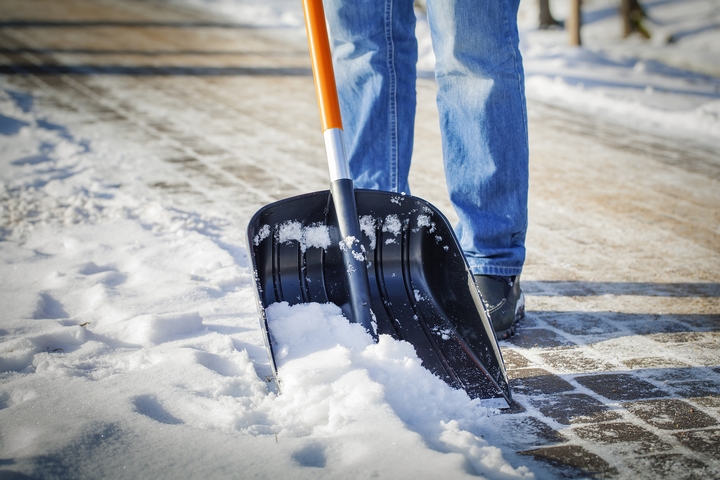
Don’t let the winter ice on the sidewalk stress you because you can shovel it away. Shovelling is a very effective way of dealing with ice on sidewalks, especially if you follow the correct procedure. First, you should purchase a shovel that’s of high quality and suitable functionality.
Ensure to have a plan before you start the shovelling. It can be challenging if you don’t know how to do it. Lastly, shovelling ice with light clothes is not advisable, no matter how sweaty you become due to the low temperatures. Experts advocate for heavy and warm garments for health protection.
3. Boiling Water
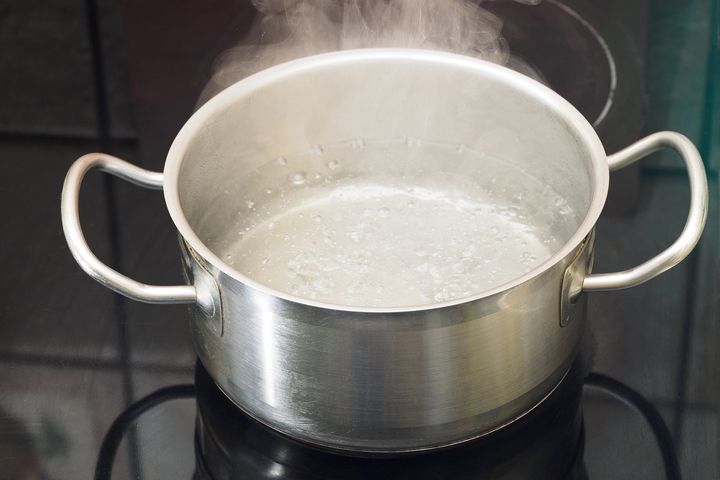
You can get rid of ice on a sidewalk with boiling water. This technique mainly applies when working on insignificant areas like private sidewalks. You should boil water to high temperatures and pour it over the iced-sidewalk surfaces.
The hot water will break down the ice particles to create water flowing through the drainages. It would be helpful to carefully splash the hot water to prevent it from landing on your body and causing burns.
4. Other Deicer Products
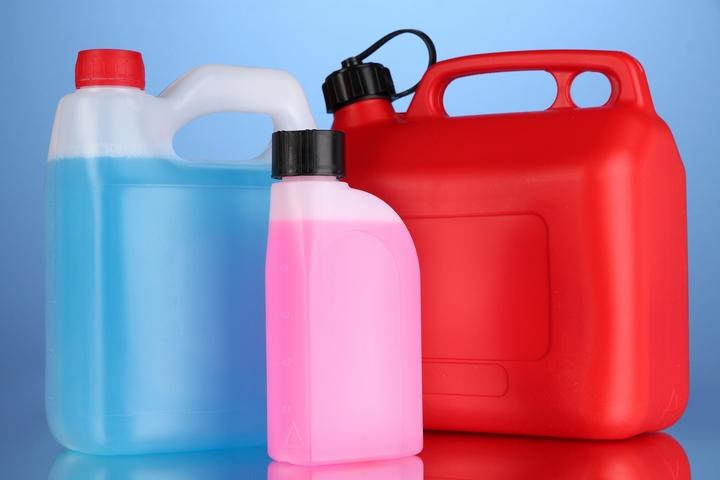
Plenty of deicers can be used to get rid of ice on sidewalks. Deicers or commercial ice melters come in different types but for similar purposes. You can purchase a deicer and apply it on the sidewalk for ice melting.
However, these products can be toxic to human and pet health.
So, it would be best to learn how to use it appropriately to avoid its adverse effects. Experts advise that you shouldn’t sprinkle deicers on a sidewalk excessively but in small quantities. One to two handfuls of a deicer product can melt ice on a square yard within 15 to 25 minutes.
5. Snow Blowers
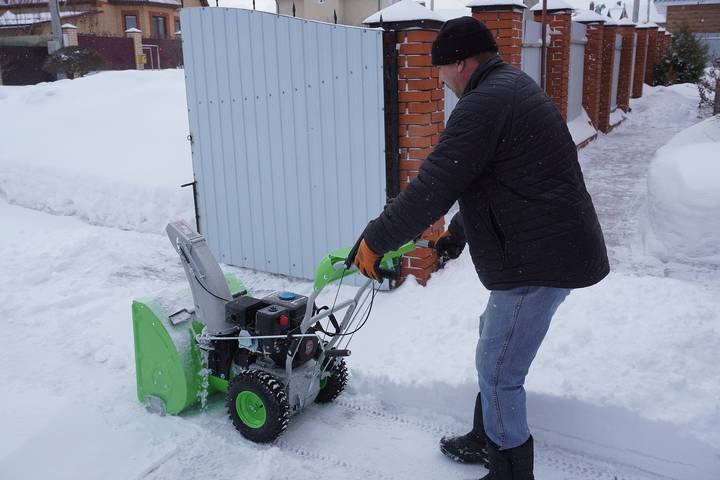
Snow blowers are ideal machines for removing ice from a sidewalk. These machines are typical on large sidewalks that could be challenging to tackle with manual shovelling, boiled water, and ice-melt salt.
Before using a snow blower, it’s vital to understand its parts and the manufacturer’s guidelines to prevent injuries or poor results. It’s also essential to plan whatever routes you intend to follow during the blowing to avoid pushing the snow onto other people’s property. Snow blowers are quite effective if used appropriately.
6. Sprinkling Sand Over the Snow
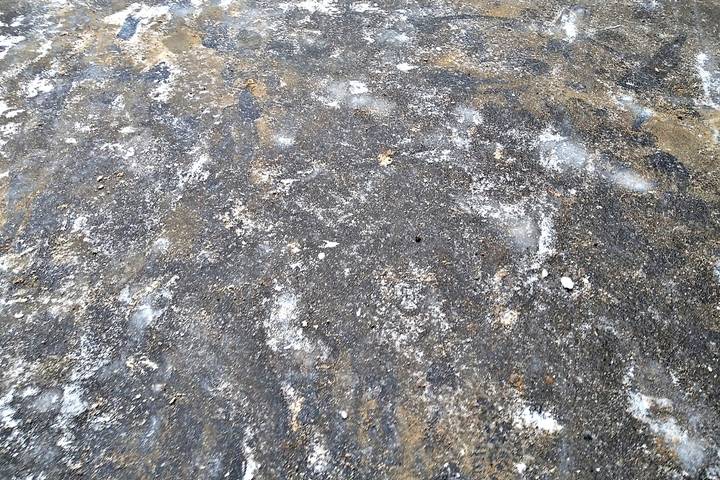
Sprinkling sand over a snowy sidewalk is another practical method to clear the way. Like the other techniques, one should be careful with this one to ensure maximum safety and practicality. First, dress appropriately (boots, gloves, and heavy clothing) before you start the job. Choose the appropriate sand for the procedure, as not all types are effective.
Experts advocate for grit or coarse sand, often sold at the hardware since their counterparts may not be practical. During sprinkling, evenly distribute reasonable amounts of sand above the icy areas and clean once the ice has melted. Although sand doesn’t necessarily melt ice, it creates ventilation between the particles and prevents slipping. You can collect and store the leftovers for future application.
7. Heated Mats
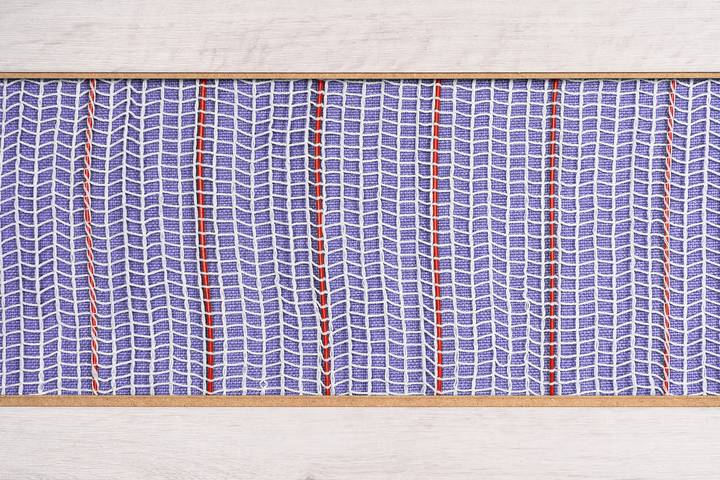
Another practical solution for that ice on your sidewalk is heated mats. This technique works by creating and distributing reliable heat above the surfaces with the help of concealed heating cables. First, the mats create heat while controlling the surface temperatures so as not to overheat.
Upon activation, the mats heat the sidewalk surfaces, causing the ice to melt into water and flow through the drainages. These mats are also created to inhibit excessive freezing of sidewalk surfaces, hence saving on the cost of snow removal.
Although slightly more expensive than the other methods, heated mats are highly effective and applicable in regions that experience heavy winter.

